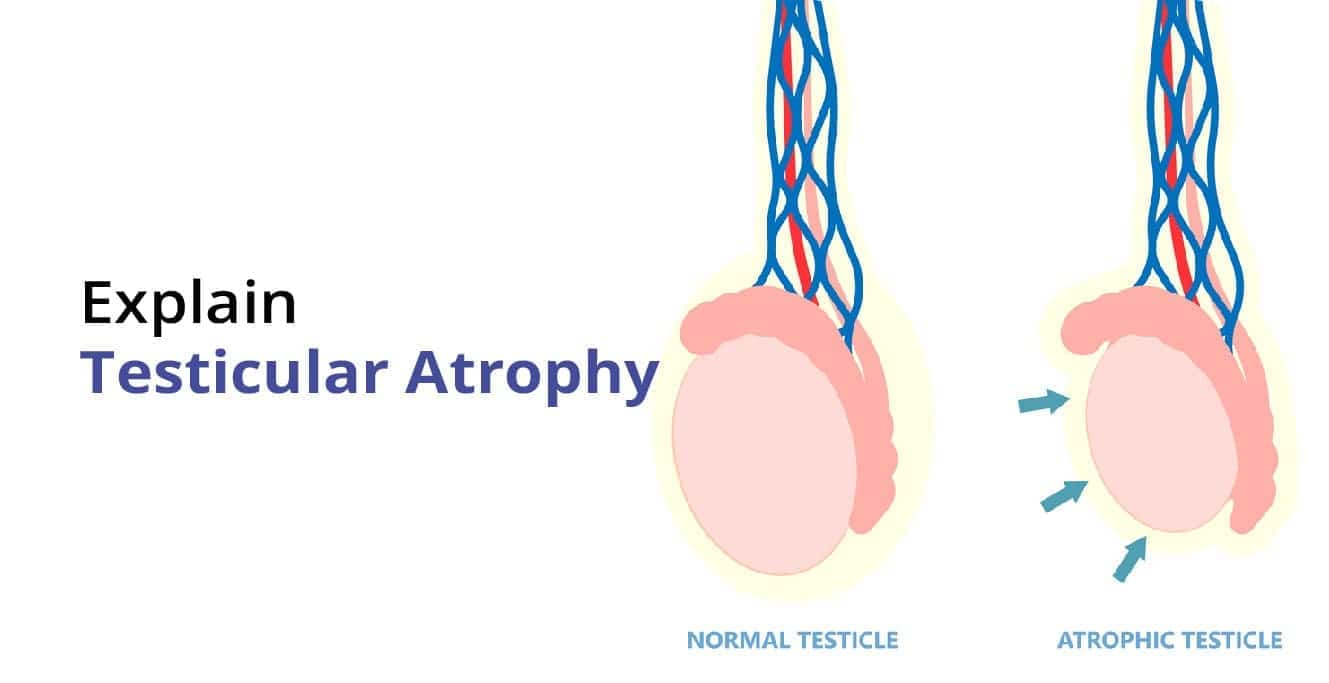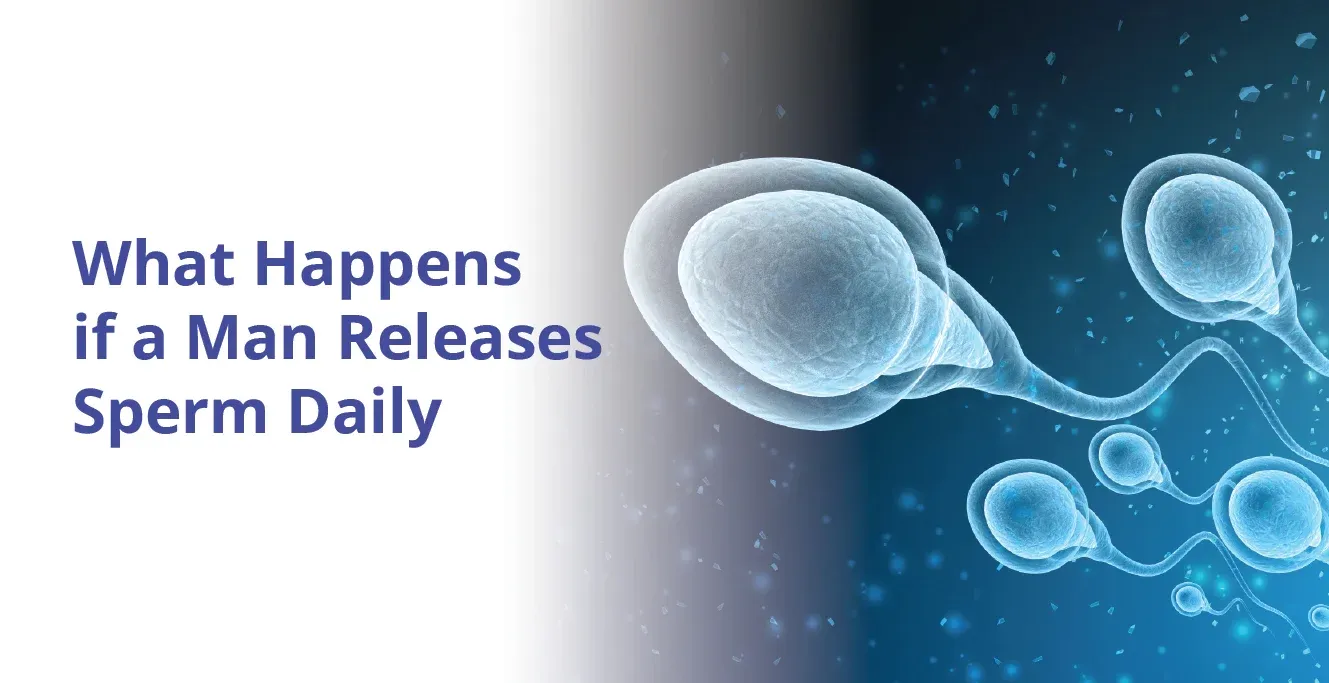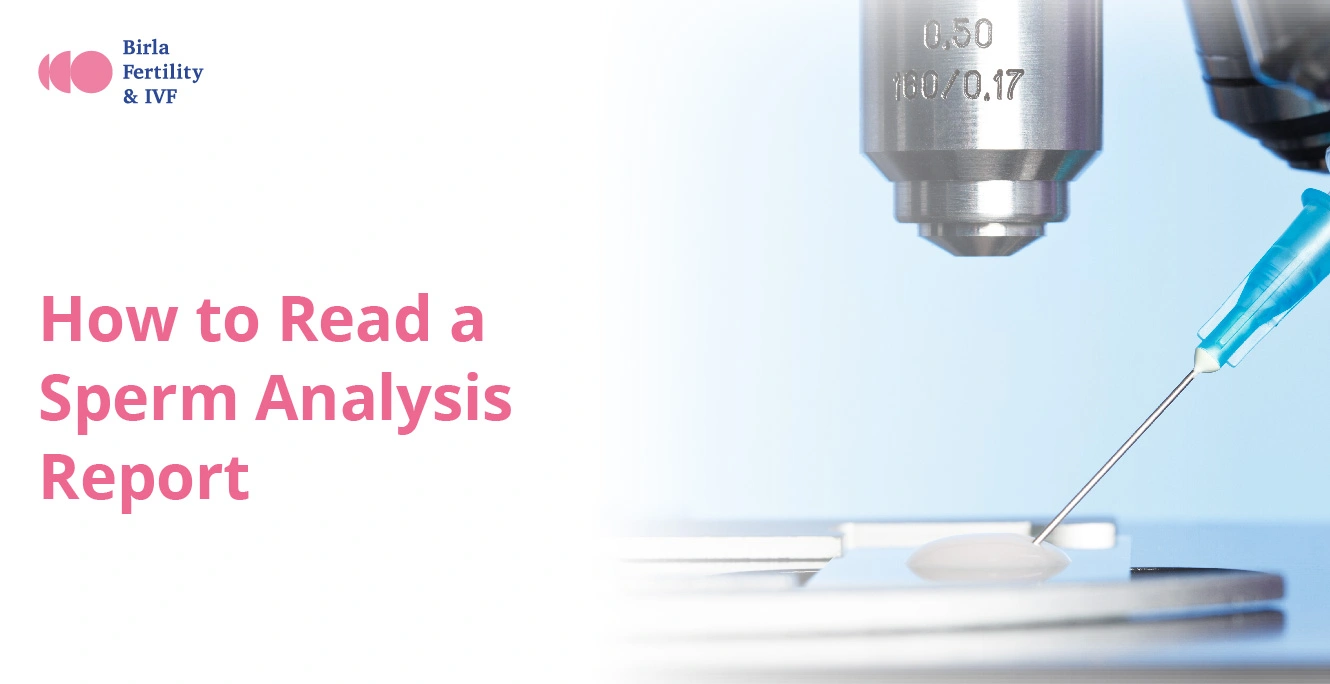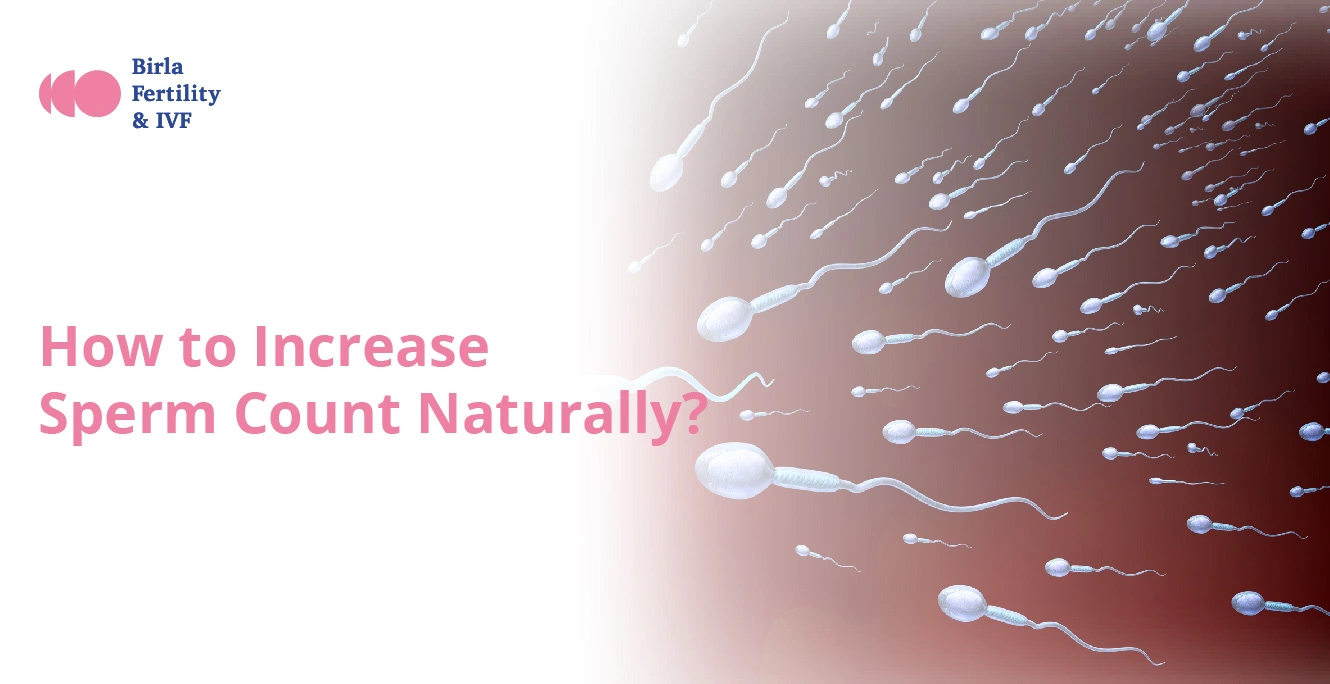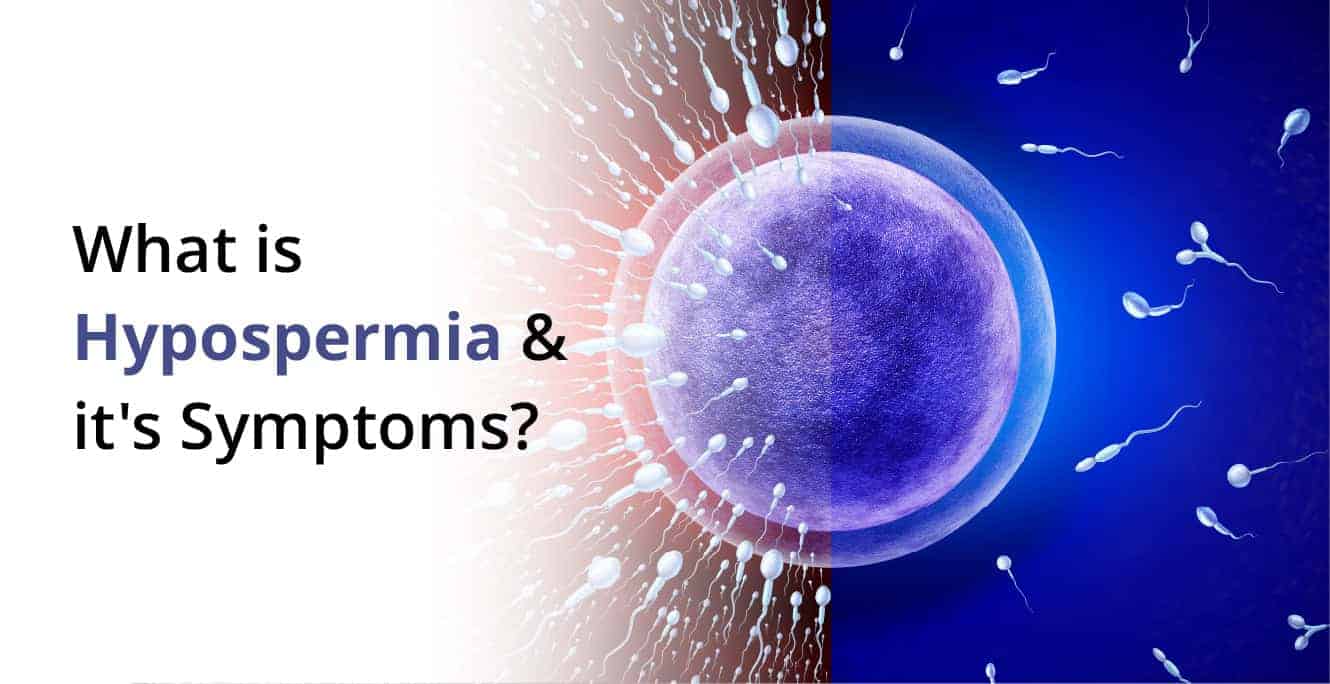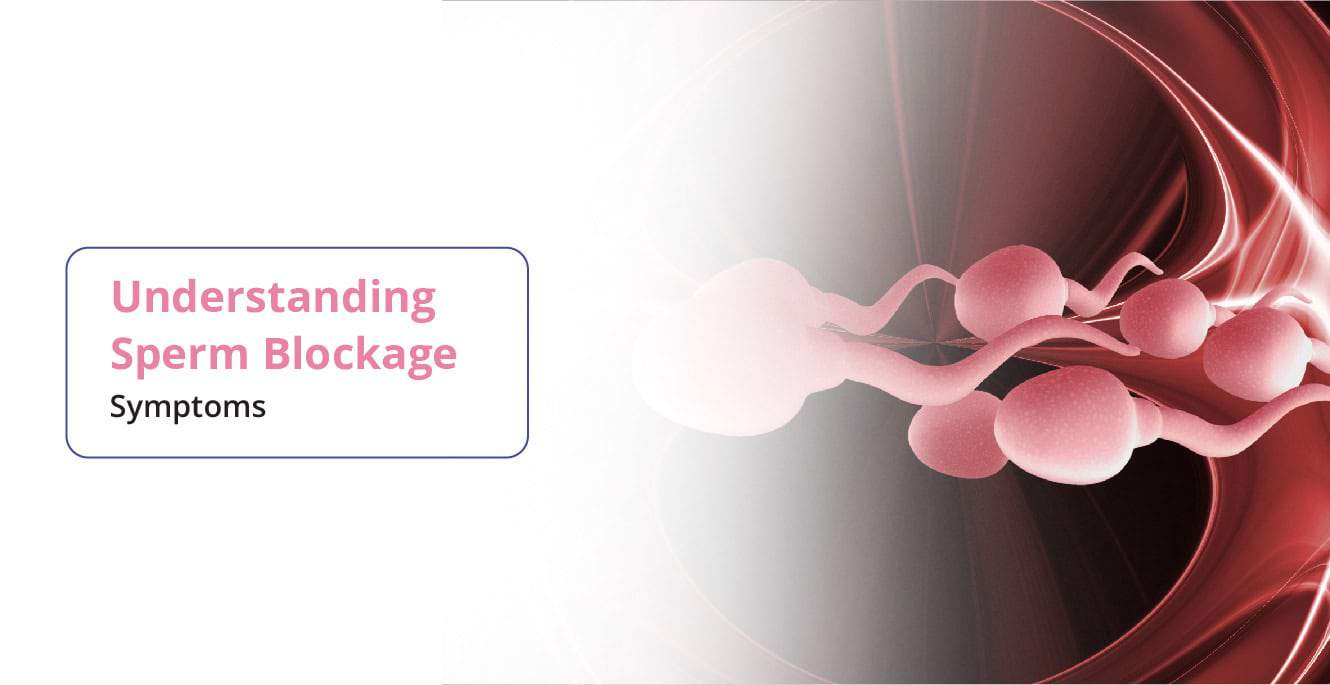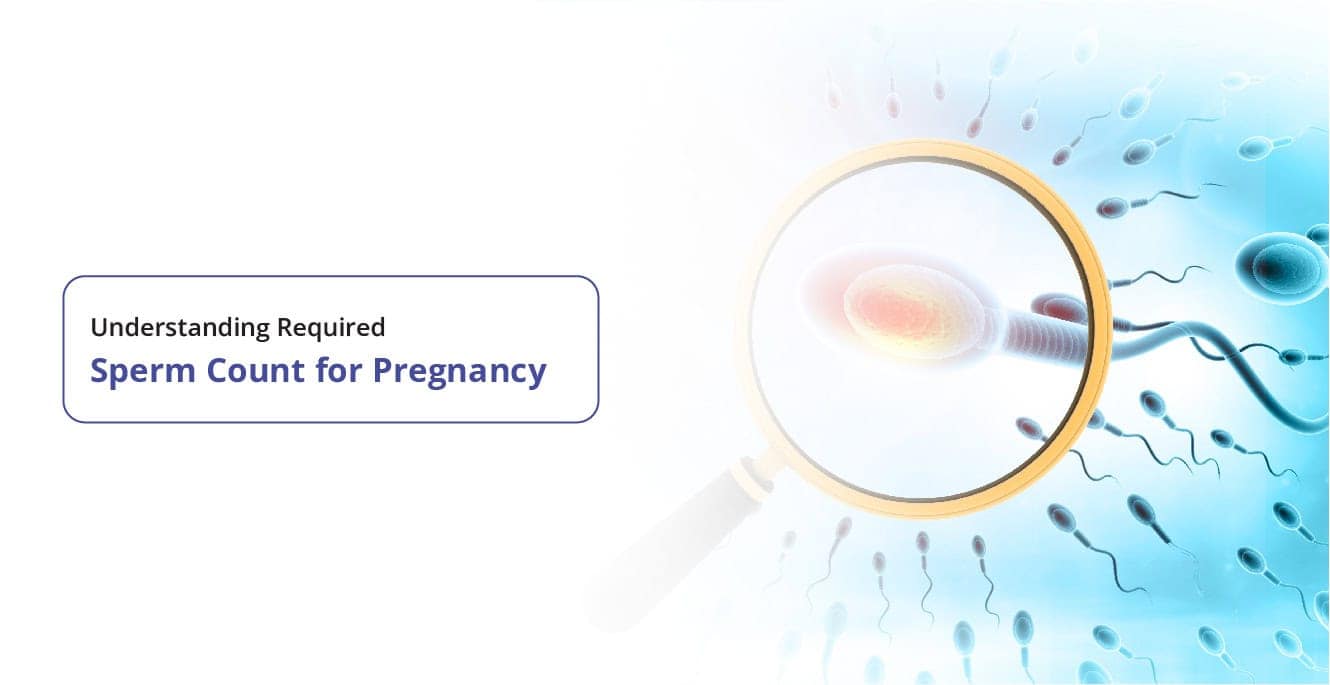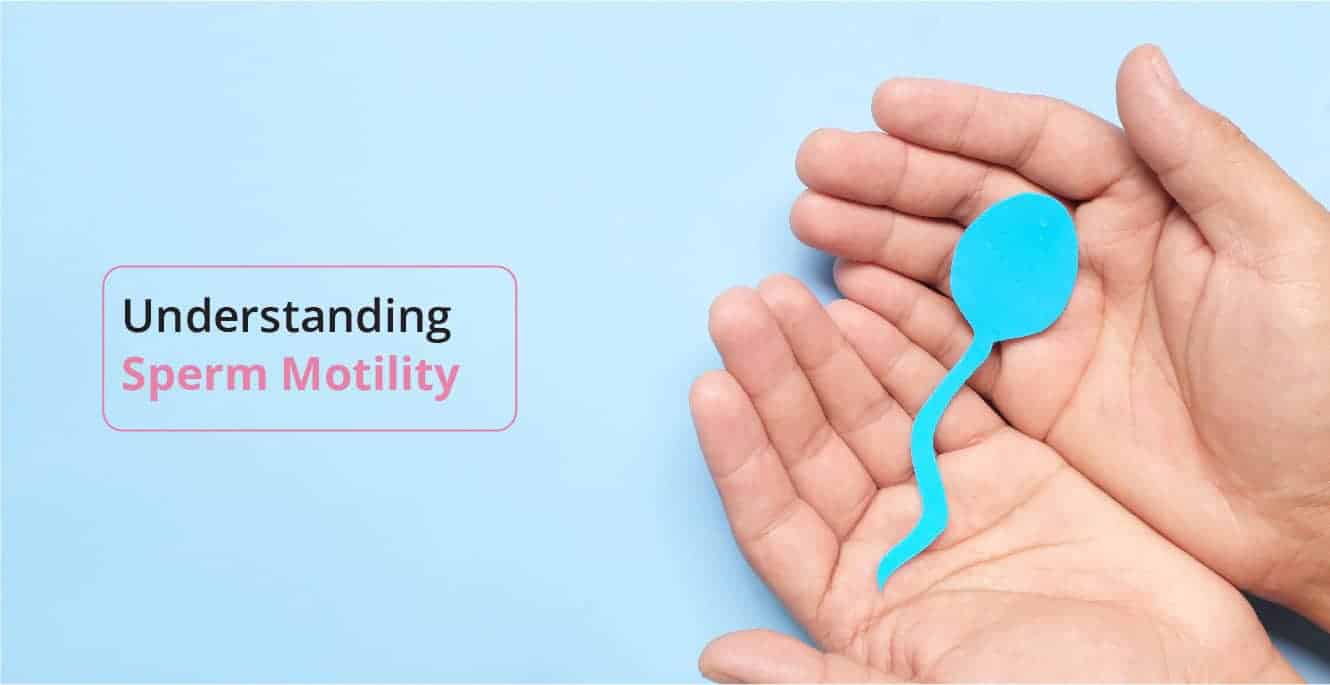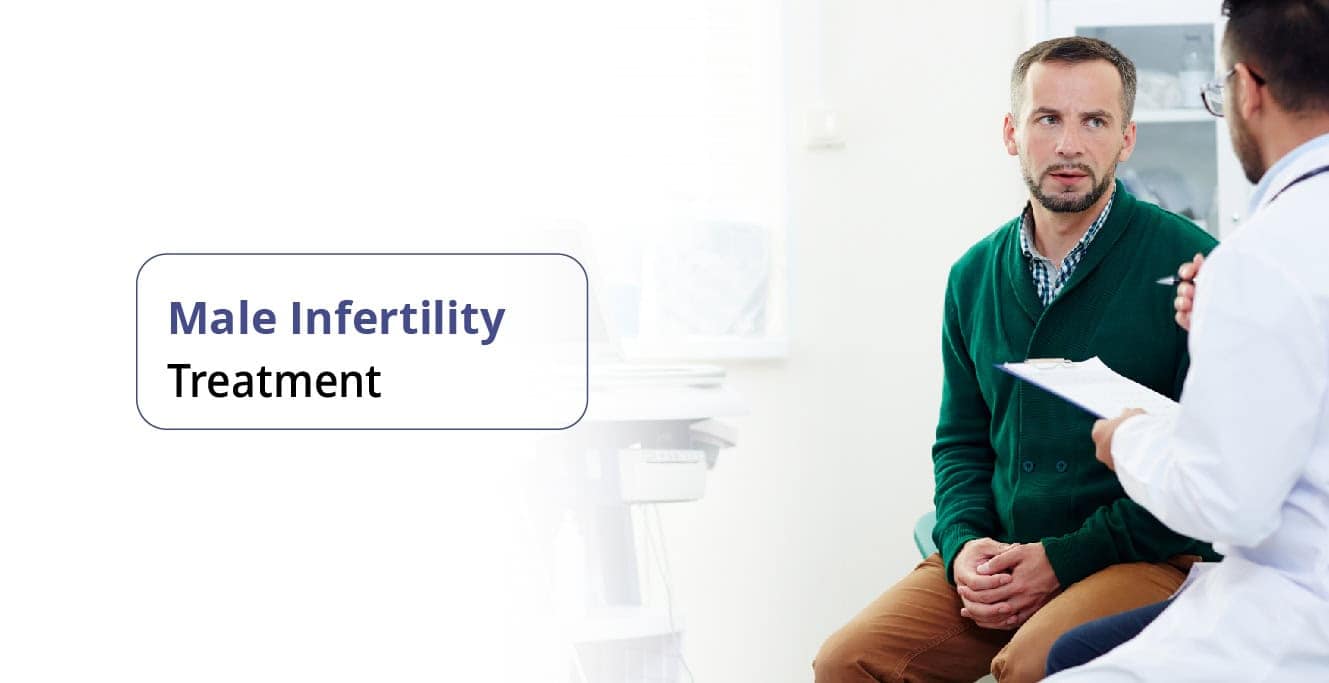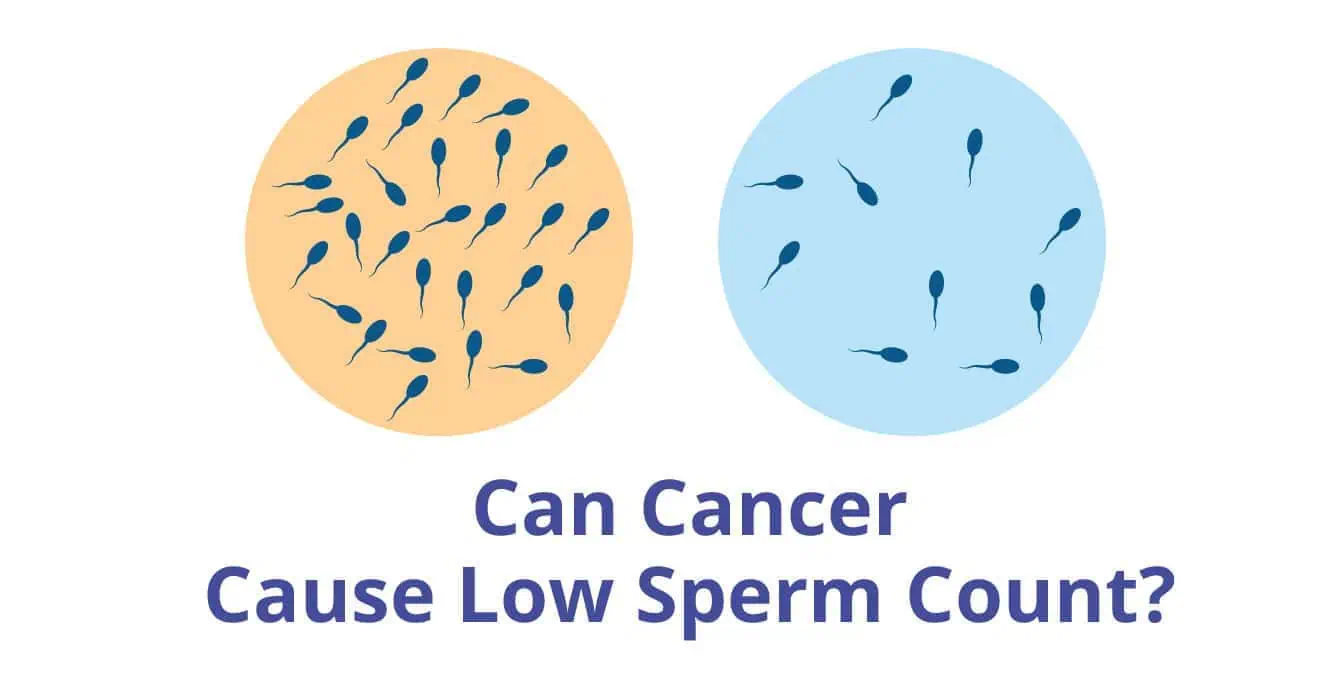Though not talked about much, testicular atrophy is a real problem that many men face and which is often ignored. It is the shrinking of one or both testicles that might sound alarming, but it is more common than you think. Whether it is due to hormones, infections, or lifestyle habits, knowing the signs and getting timely help can make a big difference. Let’s walk through the details of testicular atrophy and know why it happens, its diagnosis and the treatment options you have.
What is Testicular Atrophy?
- Testicles are responsible for producing sperm and male sex hormones such as, testosterone. Testicular atrophy is a medical condition, causing a reduction in the size of one or both testicles due to testicular tissue loss.
- This leads to their reduced ability of sperm and testosterone production which leads to fertility challenges along with hormonal imbalances in men.
- Depending on its cause, this condition may emerge slowly or unexpectedly.
- The condition usually develops because of testicular trauma, infections, hormonal disorders, ageing etc. It sometimes ends in permanent damage when proper treatment is not taken especially in those cases where atrophy is irreversible.
Causes of Testicular Atrophy
Testicular atrophy can result from various factors.
Hormonal Imbalances
Testosterone plays an important role in maintaining the size and function of the testicles. When the level of this hormone drops due to certain conditions such as hypogonadism, testis atrophy can occur. Moreover, long-term use of testosterone replacement therapy (TRT) may signal the brain to reduce natural hormone production which further shrinks the testicles.
Infections
Infections such as mumps orchitis can cause inflammation of the testicles, damaging the tissue and leading to shrinkage. Sexually transmitted infections (STIs) like chlamydia or gonorrhoea may also inflame the epididymis or testis, disrupting sperm production and hormonal activity.
Testicular Torsion
Testicular torsion occurs when the spermatic cord twists, cutting off blood flow to the testicle. Without timely intervention, this can lead to tissue death and irreversible atrophy within hours.
Varicocele
A varicocele is a cluster of enlarged veins in the scrotum that can raise testicular temperature. The increased heat may impair sperm production and cause testicular shrinkage over time if left untreated.
Chronic Medical Conditions
Systemic conditions like diabetes, liver cirrhosis, and kidney disease can disturb hormonal balance and blood supply to the testicles. These long-term illnesses can indirectly affect the testes’ ability to function properly, resulting in gradual atrophy.
Substance Abuse
Excessive alcohol intake, use of anabolic steroids, or recreational drugs can interfere with testosterone production. These substances disrupt the hormonal axis and may lead to soft testicles or noticeable testicle shrinking over time.
Ageing
With increasing age, testosterone levels naturally decline in men, reducing testicular size and function. Age-related changes may not cause immediate symptoms but can gradually lead to atrophic testicles and reduced sperm quality.
How Testicular Atrophy Affects Fertility?
Testicular atrophy directly impacts fertility by reducing sperm production. The testicles play a crucial role in sperm development, and when they shrink, sperm count and quality may decline. Common fertility-related effects include:
- Lower Sperm Count: Reduced testicular function leads to fewer sperm being produced.
- Poor Sperm Motility: Weakened testicles may generate sperm with reduced movement, making fertilisation difficult.
- Abnormal Sperm Morphology: Testicular atrophy can result in sperm with structural abnormalities, decreasing the chances of successful conception.
- Hormonal Imbalances: Low testosterone levels can affect libido, erectile function, and sperm production.
If left untreated, testicular atrophy can significantly reduce a man’s ability to conceive naturally.
Diagnosis of Testicular Atrophy
Diagnosing testicular atrophy involves multiple steps:
- Medical History: Doctors assess past medical conditions, medication use, and lifestyle habits.
- Physical Examination: A doctor checks for changes in testicle size, texture, and tenderness.
- Ultrasound: Imaging tests help evaluate blood flow, structural changes, or underlying conditions like varicoceles.
- Hormonal Tests: Blood tests check testosterone, FSH, and LH levels to identify hormonal imbalances.
- Semen Analysis: Evaluates sperm count, motility, and morphology to determine fertility impact.
Early diagnosis improves the chances of reversing or managing testicular atrophy effectively.
Treatment of Testicular Atrophy
The treatment approach depends on the underlying cause:
- Hormonal Therapy: Testosterone replacement therapy (TRT) can help if low testosterone is the cause, but misuse may worsen atrophy.
- Medications: Antibiotics or antiviral drugs can treat infections that contribute to testicular shrinkage.
- Surgical Intervention: Conditions like testicular torsion or varicocele may require surgery to restore blood flow and prevent further damage.
- Lifestyle Modifications: Maintaining a healthy diet, quitting smoking, reducing alcohol intake, and exercising regularly can improve testicular health.
- Discontinuing Harmful Substances: Stopping the use of steroids, drugs, or certain medications can sometimes reverse testicular atrophy.
Early treatment increases the likelihood of regaining normal testicular function.
Is Testicular Atrophy Reversible?
The reversibility of testicular atrophy depends on its cause and severity.
- Reversible Cases: If atrophy is due to hormonal imbalances, infections or medication use, timely intervention can restore normal testicle size and function.
- Irreversible Cases: Severe damage from untreated torsion, long-term steroid abuse or chronic illnesses may lead to permanent shrinkage and male infertility.
A medical evaluation is essential to determine the best course of action for possible recovery.
When to See a Doctor?
Seek medical attention if you experience:
- Noticeable shrinkage of one or both testicles.
- Persistent pain or discomfort in the scrotum.
- Decreased libido or erectile dysfunction.
- Fertility concerns, such as difficulty conceiving.
Timely intervention can help prevent complications and improve testicular function.
How Does Testicle Size Affect Sperm Production?
The size of the testicles has a significant correlation with sperm production. Larger testes usually have more seminiferous tubules where sperm cells develop. Sperm count and quality can decline with the shrinkage of the testicles, causing infertility issues. A smaller testicular volume may indicate reduced sperm-producing capacity, making conditions like testicular atrophy a significant concern for men trying to conceive.
The Role of TRT (Testosterone Replacement Therapy) in Testicular Atrophy
The administration of TRT restores testosterone levels in men who have hypogonadism. The longer or improper application of this treatment can shrink the testicles. This is because external testosterone reduces the natural tendency of the body to produce this hormone. This can lead to testicular atrophy.
Human chorionic gonadotropin (hCG) and alternative medications can be prescribed by your doctor to preserve testicular function, together with testosterone replacement therapy. Patients need regular medical checks in order to prevent long-term complications.
Word From an Expert:
Having testicular atrophy does not mean that you have to keep worrying about it. Many causes of testicular atrophy are treatable; all you need to do is stop ignoring it and take the right treatment. Your first step towards diagnosis can make a difference.
If you have been experiencing symptoms like soft testicles or reduced libido, do not hesitate to consult our leading fertility specialists at Birla Fertility & IVF. You should not ignore your reproductive wellness. The sooner you act, the better the chance of managing and possibly reversing this condition~ Dr. Jyotsna Pundir


